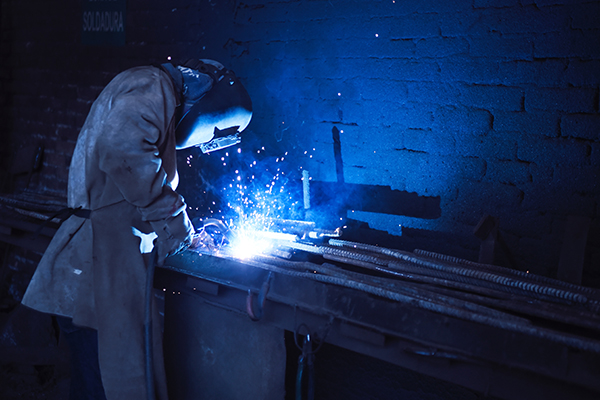
As talks appear to be coming to an end concerning the trade war between the U.S. and China you may be wondering how quickly you’ll feel the relief should an agreement be reached. Unfortunately even if everything gets hammered out in the next few weeks, most manufacturing companies are likely to feel the effects of the steel and aluminum tariffs for at least the remainder of 2019. The last round of substantial tariffs put in place for these industries took place back in 2002 under the Bush administration. While those taxes only lasted about a year it took at least another year afterwards for the industry to normalize.
At this point steel has taken a 25% hit while aluminum a 10%, hit but that could seem manageable if other threatened tariffs, such as the proposed 25% tariff on imported cars and car parts, get put in place. Certainly steel makers are enjoying the benefits of these tariffs as more domestic steel is being purchased which is resulting in record profits for these companies along with an expected increase in employment of about 23,000 jobs. Unfortunately this is being offset by the loss of nearly 150,000 other jobs from smaller businesses who need to purchase these materials, especially fabricators and food processing companies.
Emerging technologies are also being impacted by the increased taxes. As the U.S. looks to maintain its position as a global leader for innovation in the automotive industry through the development of autonomous vehicles and electric cars, the challenge to fund the R&D for these will grow if the cost for their existing automobiles increases and sales decline. Many fear that major car manufacturers will be forced to stop, or slow, their R&D process as a cost cutting measure if taxes slow current sales. Other tech businesses such as solar and turbine are being impacted by direct tariffs forcing their products to come to market at a higher than expected cost. One such solar cell installation company is preparing for a reduction in their workforce of up to 23,000 jobs.
While we’re all hopeful that this recent round of tariffs and trade wars will have a positive impact in the end, history does not support such an idea. In most cases one industry benefits while another loses. A look back at the U.S. economic history shows primarily a trail of tariff disasters from both Democrat and Republican leadership. Tariffs failed to work for the Great Depression, Bush, or Obama but time will tell whether Trump’s tariffs have different results.
